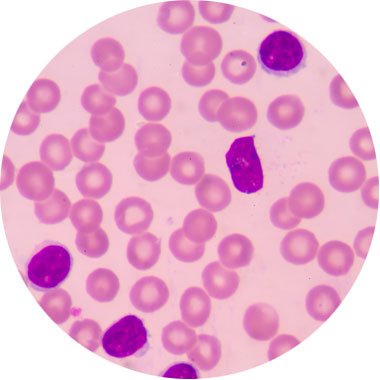The umbilical cord from your child’s birth contains blood that is abundant in newborn stem cells. There are also stem cells in the umbilical cord and placenta tissue.
When a baby is born it is possible to gather these cells, even if clamping is delayed. These stem cells are then stored in a special bank with cryogenic storage containers. Parents now have a choice between paying for private bank storage for their family, or donating to a public bank for free.

What Is Cord Blood Banking?
At the time of a baby’s birth, the umbilical cord and placenta are filled with blood that is rich with stem cells. These stem cells have a wide range of medical applications. Cord blood banks preserve newborn stem cells in their new, natural state so they can used later as a perfect match.

How It’s Used
The blood and tissue from a baby’s umbilical cord contains a tiny amount of blood. But it’s still loaded with stem cells, which have incredible medical applications. The stem cells from cord blood have already been implemented in over 35 thousand transplants to rebuild healthy blood and immune systems.

Diseases Treated
There are many applications for Hematopoietic Stem Cell Transplants, or HSCT, have become the go-to treatment. It is the only therapy available for some diseases, for others it is used as a last attempt when more conventional therapies haven’t worked. It is used to treat several types of Leukemia, which is a cancer of the blood. Anemia, Lymphoma, Sickle-Cell, Aplasia, SCID, and many other diseases are shown to make improvements from stem cell therapies.
A Bright Future For Your Baby
Doctors and researchers are currently looking for new ways stem cells from cord blood and cord tissue can be used in regenerative medicine. Researchers are hopeful that they will find new ways to heal our bodies using the natural powers of these cells.
